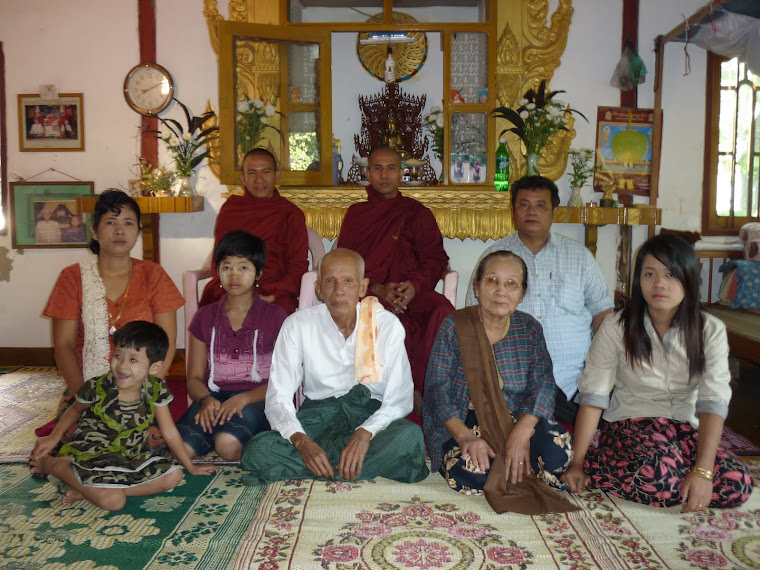In Pāli term, Tahnā Vāyati, here Tahnā mean “crave” and Vāyati mean “to whom connected with together” and also Vāna is craving for Samsara. These craving people are combined with together into the way of Samsara. It is away from Vāna in this way it is called Nibbāna. Where the craving is destroy all, there is called Nibbāna. Now, this is final aim because Buddhism confidence that there is no any other way of making and end of the mental suffering and also whatever these paths is leading to final aim therefore it is called Nibbāna, Noble one and Enlighten One or other except for this purposed are ignorance. Therefore, it is called in a way of noble.
Otherwise, not to appreciate the Buddha because of search strong argument you know scientific argument and logical argument Buddha says that this is noble what noble is Nibbāna its final aim of realization of Buddhism which is not the nature birth, decay and death but all are quenches under the ignoble. Anyway, all the Buddhist parts are fully ethical systems why the entire Buddhist teaching is leading to this final aim and than any analysis given Buddhism about mind is also physical aspect but they are very difference because according to Buddhism you know Buddhist concept of ethic Byāpaditi foundation in order to criteria. There are six criteria to determine whether something is good or evil. Here
ethic means wholesome or unwholesome and also ethical concept we study how people are determined what is good or bad. Then there are difference theories in the world and in difference systems. They cannot be accepted by all. But when the Buddha had analyzed the universal real criteria of good and bad, it goes to psychological aspect. Everywhere, we can see that other aspects are social aspects in Buddhism and these aspects are considered but when he goes to universal aspect, it is especially psychology in this way we get its Buddhist aspect of mind and six criteria. Lobha ( greed and lust), Dosa (angry), Moha (delusion), Alobha ( non-greed), Adosa (nonhatred) and Amoha (non-delusion) everywhere exist that in the six century B.C exist these six, today and future are also having those six aspects. Lobha, Dosa, and Moha, these three are considered as bad and Alobha, Adosa and Amoha are considered as good too. These three kinds of Lobha, Dosa and Moha eradicate by reaching the realization of Nibbāna. Therefore, we have Sīla, Samādhi and Paññā. Sīla means keeping the system of mind of temporary destruction.
And Samādhi means Vikkhambhana pahāna actually it is destruction of timely and Samucceda pahāna is rejection of all complete. Now, you can understand that the final aim is destruction of bad. It is mental tendency but it is mind analysis in Buddhism. And we have to know about realized impermanent nature of world and also mind is always perplexity but we like and dislike. Than we try to get everything or something from morning to evening. Unfortunately, due to impermanent nature of the world we cannot get everything. We try to get everything when we like. We try to reject everything when we don’t like etc.
Here, these are as meaning reducing of Lobha, Dosa and Moha because of Sīla, Samādha and Paññā but socially effect. Hence, treatment given to any mental problem should be started Lobha, Dosa and Moha. Sīla, Samādhi and Paññā are treated all kinds greed, hatred and delusion to reach the realization of Nibbāna by practicing.

























0 comments:
Post a Comment